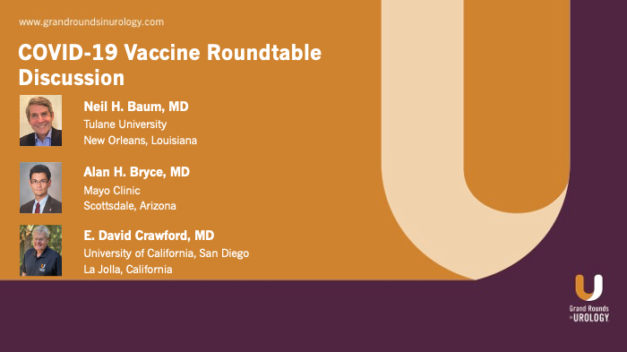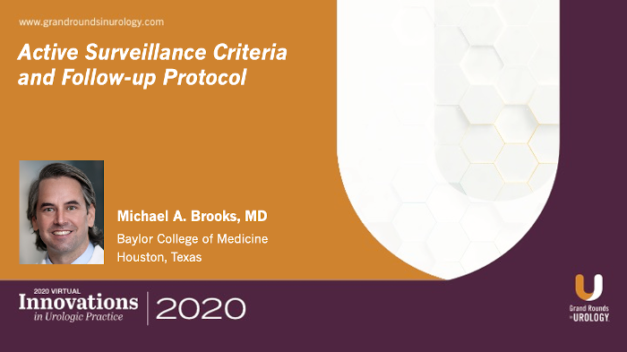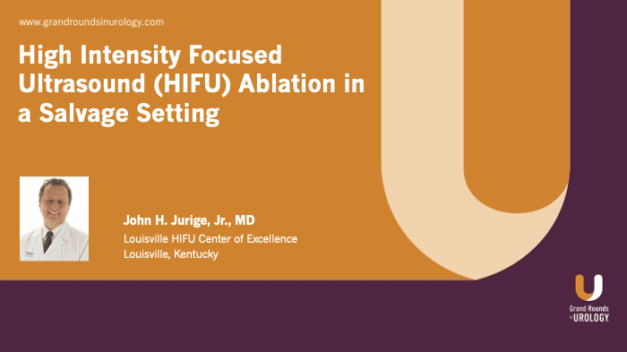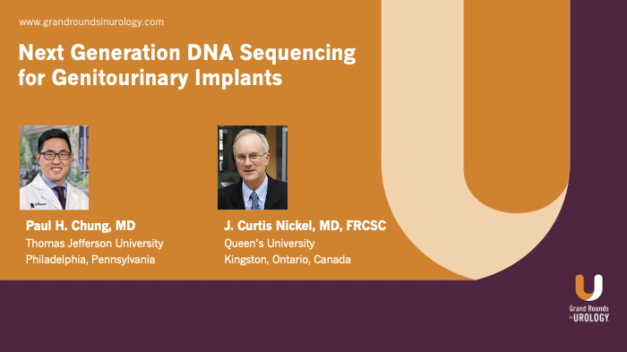Use of Social Media in Men’s Health Urologic Practice
Brian S. Christine, MD, a urologist and Fellowship Director and Director of Prosthetic Urology and Men’s Sexual Health at the Urology Centers of Alabama in Birmingham, discusses the use of social media in men’s health urologic practices. He begins by discussing older mediums and why they are no longer effective at getting the word out, as well as the limitations of word of mouth. He goes on to talk about why leveraging social media platforms is important for reaching the widest possible audience and attracting new patients. Dr. Christine then explains what has worked for him and his practice and what has not. He emphasizes the importance of creating a personal website that is separate from the practice that can be linked to all of one’s social media accounts. He also highlights the social media platform that has been the most effective for him: Youtube. Youtube is particularly helpful because it allows users to upload high-quality educational videos; the majority of Dr. Christine’s new patients that seek him out on their own do so after watching one of his surgical videos. Dr. Christine then gives advice about how to be successful on Youtube and pitfalls to avoid when making videos. He offers specific tips about how to make the same kind of high-quality videos that appear on his Youtube channel. Finally, he observes that the biggest roadblock is not making the commitment to begin.
Read More



